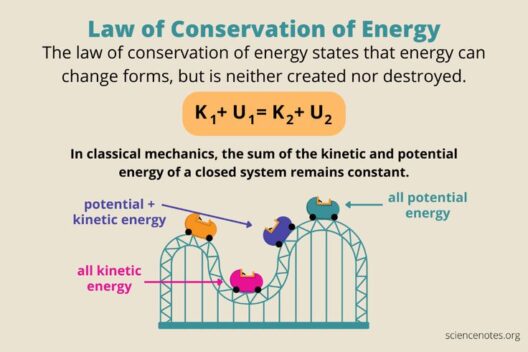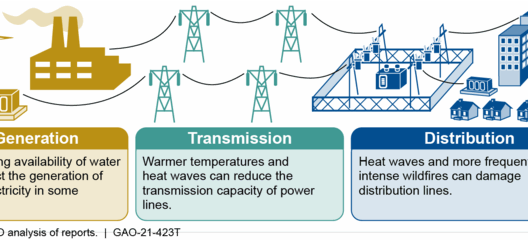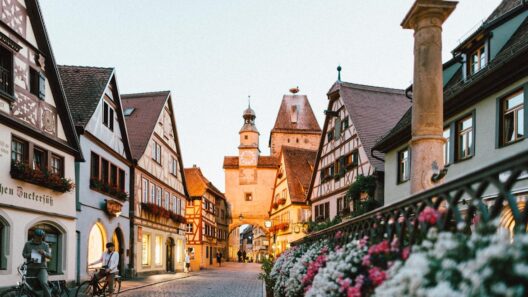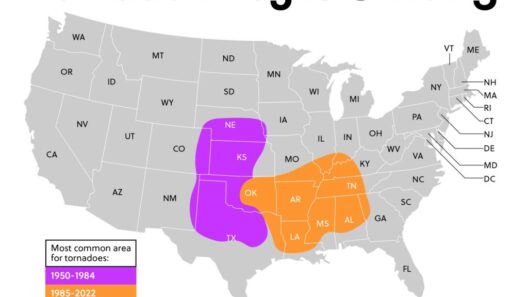In the ongoing narrative of our planet’s fate, humanity unwittingly finds itself cast as both the protagonist and the antagonist in a tale of environmental upheaval. The metaphor of a “Man-Made Meltdown” succinctly encapsulates the profound chaos that human activity inflicts upon the Earth’s climate systems. Like a skilled conductor leading an orchestra, humans have wielded their influence over nature; however, unlike a well-composed symphony, the resultant performance has devolved into a cacophony of discord, resonating with alarm bells across the globe. This disarray is not merely an incidental consequence but rather an orchestrated disaster stemming from our pervasive and insatiable appetite for progress.
The Industrial Revolution marked a watershed moment in human history, akin to setting the fuse for a powder keg. With the advent of steam engines and mechanized production, societies burgeoned, giving rise to urban sprawls and an economy powered by fossil fuels. Coal, oil, and natural gas became the lifeblood of industry, but alongside this phenomenal growth came the specter of climate change—a phenomenon hastened by our relentless extraction and combustion of carbon-rich resources. The polarization of climate science has rendered the topic contentious, but the irrefutable data illustrates a stark reality: concentrations of greenhouse gases such as carbon dioxide and methane have reached unprecedented levels, creating a greenhouse effect that traps heat within the atmosphere.
Contemplating the metaphor of the Earth’s climate as a delicate tapestry, it becomes evident that humanity is fraying this intricate fabric with threads of pollution and deforestation. Each ton of carbon emitted from vehicles, power plants, and industrial processes acts as a snip, weakening the structure of climate stability. Deforestation serves as another puncture, as forests—nature’s lungs—are decimated to make way for livestock grazing, agriculture, or urban development. The synergy of these actions precipitates changes in weather patterns and disrupts ecological balance. Resultantly, we witness the unveiling of the devastating impacts: hurricanes escalate in intensity, droughts become relentless, and wildfires erupt with alarming regularity, painting the landscape in flames.
As we delve deeper into the nuances of climate chaos, it is imperative to highlight the role of agriculture. This sector, lauded for its ability to feed the masses, paradoxically lays claim to a significant share of global greenhouse gas emissions. When we consider the vast expanse of methane emitted by livestock and nitrous oxide unleashed from synthetic fertilizers, the reality becomes grim. Agriculture, in its current form, often resembles an exploitative entity, taxing the Earth’s resources while contributing substantially to climate destabilization. The truth is that intensive farming practices prioritize yield over sustainability, creating a tragic irony—humanity must innovate sustainable solutions to mitigate an existential threat borne out of the quest for nourishment.
Our cities, too, represent a critical battleground in this climate conflict. Urban areas, bustling centers of commerce and culture, are responsible for a disproportionate amount of greenhouse gas emissions. As concrete jungles expand, they consume energy voraciously. Transportation, housing, and waste management in metropolitan regions contribute significantly to pollution, all while the natural environment and biodiversity retreat in the wake of urbanization. The image of a metropolis cloaked in smog serves as a pertinent reminder of the disconnect between development and ecological stewardship. However, cities also hold the potential for transformation. If designed judiciously, they can become bastions of sustainability—integrating green architecture, efficient public transport, and renewable energy sources.
Climate change, evoking imagery of a smoldering pyre, serves to illuminate the profound inequities exacerbated by ecological degradation. Vulnerable communities—often those least responsible for greenhouse gas emissions—bear the brunt of climate effects. Rising sea levels threaten low-lying nations, erratic weather patterns inflict damage upon subsistence farmers, and extreme temperatures endanger public health in impoverished regions. This stark dichotomy further underscores the imperative for a collective response. It is not merely a challenge for individual nations, but a global crisis demanding unified action, transcending borders and divisions.
The discourse on climate solutions must pivot from despair to a narrative of hope and agency. Embracing renewable energy sources—solar, wind, and hydroelectric—can effectively displace fossil fuels from our energy matrix. Such transitions may be likened to a phoenix rising from the ashes: a potential rebirth into a realm wherein sustainability reigns supreme. Equally compelling are innovations in technology that promote energy efficiency and carbon capture, enabling society to mitigate its legacy of harm. The individual actions of conscious citizens, coupled with corporate responsibility, can foster a paradigm shift. Communities turning towards sustainable practices, embracing circular economies, and advocating for policy reforms signal a burgeoning movement that demands recognition.
As we persist in our collective endeavor to address the climate crisis, it remains imperative to acknowledge the centrality of education and awareness. Ignorance breeds complacency, while informed citizens can galvanize action. The metaphor of planting seeds—of knowledge and passion—resonates deeply; education nurtures an understanding of environmental stewardship, catalyzing transformative change on both personal and societal levels. This confluence of efforts—from grassroots activism to governmental policy—marks the quintessence of our battle against climate chaos.
In conclusion, the metaphor of a “Man-Made Meltdown” encapsulates the gravity of human-induced climate chaos. It is a vivid reminder that while humanity shapes the planet’s climate, it also possesses the capacity to cultivate solutions that restore balance. Acknowledging our role as stewards of the Earth is essential if we are to navigate this tumultuous landscape. As the future unfolds before us, may we rise to the occasion with an unwavering commitment to heal the wounds we inflict and to forge a legacy that befits our planet. The tapestry of life is frayed but not beyond repair; it is within our power to weave it anew, embracing sustainability as the guiding thread.







